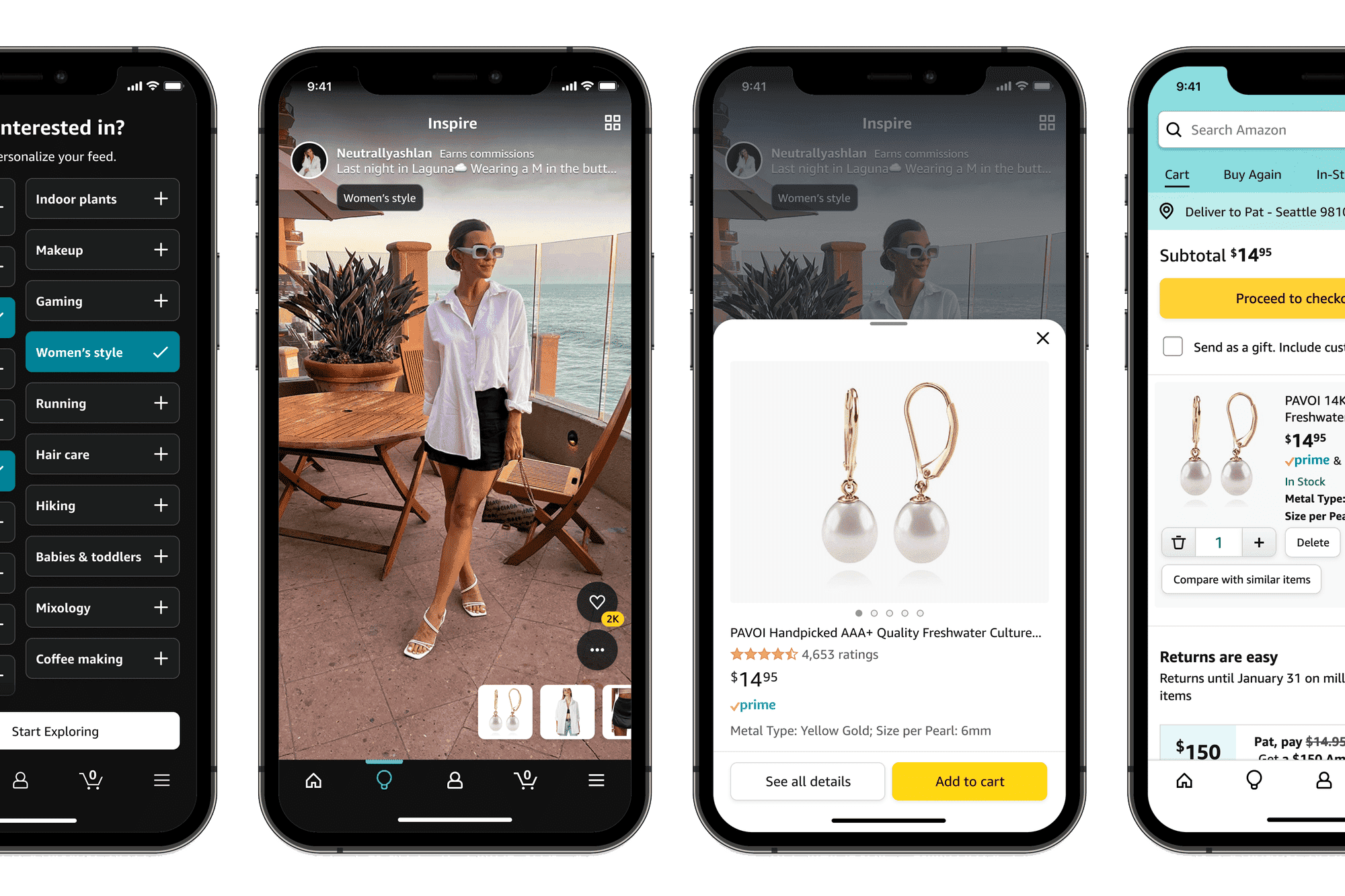Digital marketing is essential in today’s world. With both competitors and potential customers constantly online, digital marketing is the only way to stay ahead. When you’re a small business owner the online world can seem intimidating. Here is a list of five simple digital marketing strategies that any business owner can implement to help their business grow.
1. Setting a Goal
You’re looking for ways to help your small business grow. You might want more customers, more recognition or maybe you’re looking to get ahead of the competition. Whatever the case may be, starting with a solid goal in mind greatly increases your chances of success. Digital marketing is a great way for small businesses to prosper, but going into the process blindly can leave you with a jumbled mess. A lot of strategy and precision goes into digital marketing and having a goal helps you know what to focus on.
2. Creating a Marketing Funnel:
The most successful businesses have an effective marketing funnel in place. A marketing funnel is when you map out a customer’s journey from when a customer is a complete stranger to when they become a lead, and then put certain strategies in place that will encourage them to move through this funnel. Things like lead magnets, calls to action, opt-ins and offers are all effective pieces of a funnel. You can think of a marketing funnel in four parts: Awareness, Interest, Desire, and Action.
Awareness: The potential customer is aware of your product or service. They’re still a stranger, but they’ve come to your website for a reason. They’re looking for something they need. At this stage you want to attract the customer by showing them that you have something they’re looking for. Use a lead magnet or call-to-action to give the customer a valuable resource related to your product or service (i.e: what they need) in exchange for more information about them like their email address, phone number, profession and current needs. Find out who they are and why they came to your website.
Interest: They are actively expressing interest in a certain type of your products or services. At this point you’ve given them some information and they’re interested in what you have to say or the services you provide. You’ve used your lead magnet or CTA in stage one to gather more information about them. At this stage it’s a good idea to supply them with further information that is more tailored to their specific needs. Showing them that you not only took the time to get to know them, but also have something that’s specific to their needs will show that you’re attentive to and care about your customer’s wants and needs.
Desire: They’ve taken an interest in a specific product or service. Now that you’ve supplied them with information specific to what they’re looking for, they’ve found a product or service you provide that might be a good fit for them. Invite them to schedule a consultation using an email or a call-to-action. At this stage you want to tell them more about the product or service they’re interested in. Show them why they need it and exactly how it will benefit them.
Action: Taking the next step towards purchasing. This is when you’re able to turn your potential customer into a lead. You’ve given them valuable information, shown them you pay attention to your customer’s needs, and shown them that you have something they need that will benefit them. All that’s left is discussing things like price, payment and other aspects of your product or service that are relevant to a buyer.
Having an effective marketing funnel won’t just get you more leads, it can also help you turn leads into repeat buyers. If the customer has a good experience they might return to purchase from you again or even tell others they know about your business. The elements of a marketing funnel can seem like a lot to put together, but they’re simple concepts when broken down. You’ll see that numbers 3, 4 and 5 help to break down and explain the different aspects of having a marketing funnel in place on your site and how to put together some of the most important pieces of it.
3. Developing a call-to-action:
We talked about using a call-to-action in the second step as a part of your marketing funnel, but what is a call-to-action exactly? A call-to-action (CTA) is an image or text that prompts visitors to take action, such as subscribe to a newsletter, view a webinar or request a product demo. CTAs should direct people to landing pages, where you can collect visitors’ contact information in exchange for a valuable marketing offer. In that sense, an effective CTA results in more leads and conversions for your website. This path, from a click on a CTA to a landing page, illustrates the much desired process of lead generation. In order to increase visitor-to-lead conversion opportunities, you need to create a lot of calls-to-action, distribute them across your web presence and optimize them. A good CTA should be attention grabbing and help lead a potential customer further into your marketing funnel.
4. Creating an Effective Lead Magnet:
A lead magnet can be used alone or along with a CTA. This will also be used either within your marketing funnel or as a way to drive potential customers into your funnel. Supply them with something relevant to your product or service that they want. Use your offers as a way to gather more information about a potential buyer while driving them further into your funnel at the same time. This brings them closer to becoming an actual quality lead who will spend money on your product or service. The idea behind a lead magnet is to trade information. You supply something like a free download of a white paper, but in order to complete the download the individual has to fill out a form that will provide you with more information about them. You’ll use the information you gather to interact with them more as they progress through your funnel.
5. Driving Traffic:
In order for there to be people to drive into your marketing funnel, there first has to be traffic on your website. There a variety of ways you can drive traffic to your website. Here are a few of the ones I recommend:
Quality Content: Use content such as blog posts, press releases and articles on authority websites. Insert links to various places on your website within this content to build your brand name through exposure and drive traffic to your website.
Keyword Strategy: Inserting related keywords into content will help your content and website show up in more search results, this leads to higher volumes of web traffic.
Website Optimization: Ensuring that your website is optimized and functioning at it’s best is essential. People don’t want to visit a website that doesn’t work properly.
Social Media: Use engaging social media posts to attract more traffic to your site. Using pictures, video, and other relevant media will help your posts get more engagement.
Try these simple digital marketing strategies out on your website and see for yourself how much of a difference they can make. If you want your business to grow, digital marketing is the place to start.



